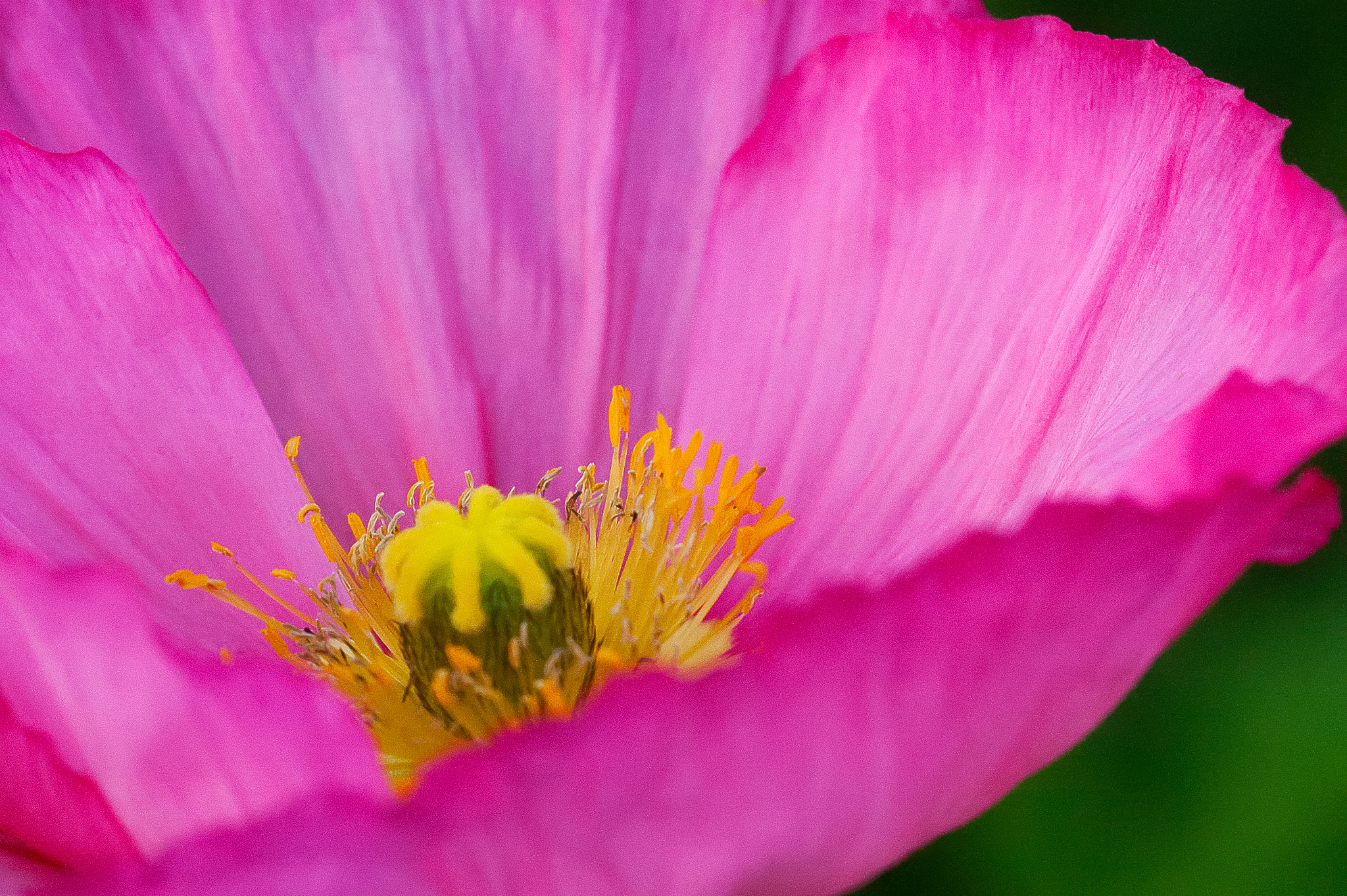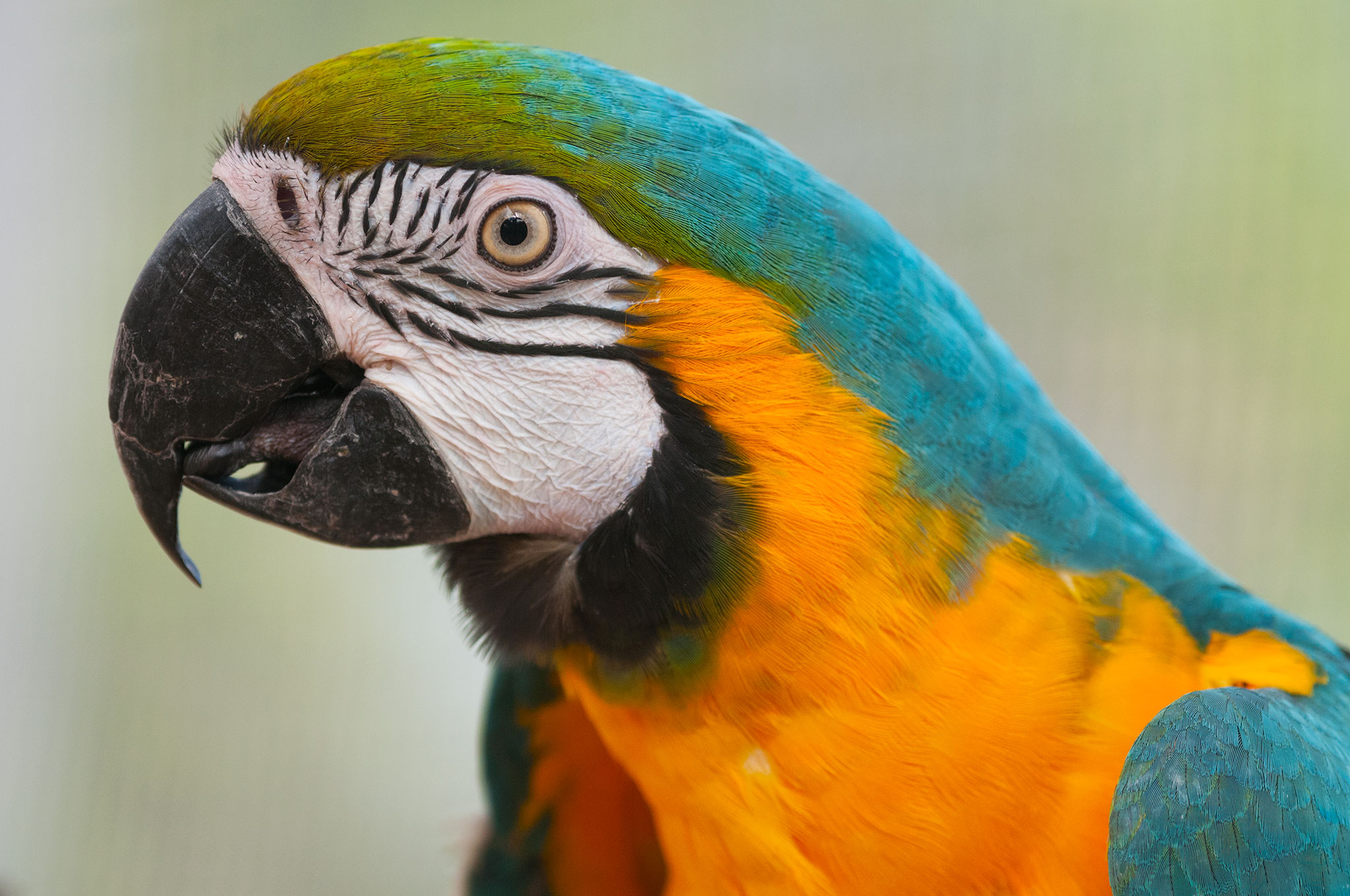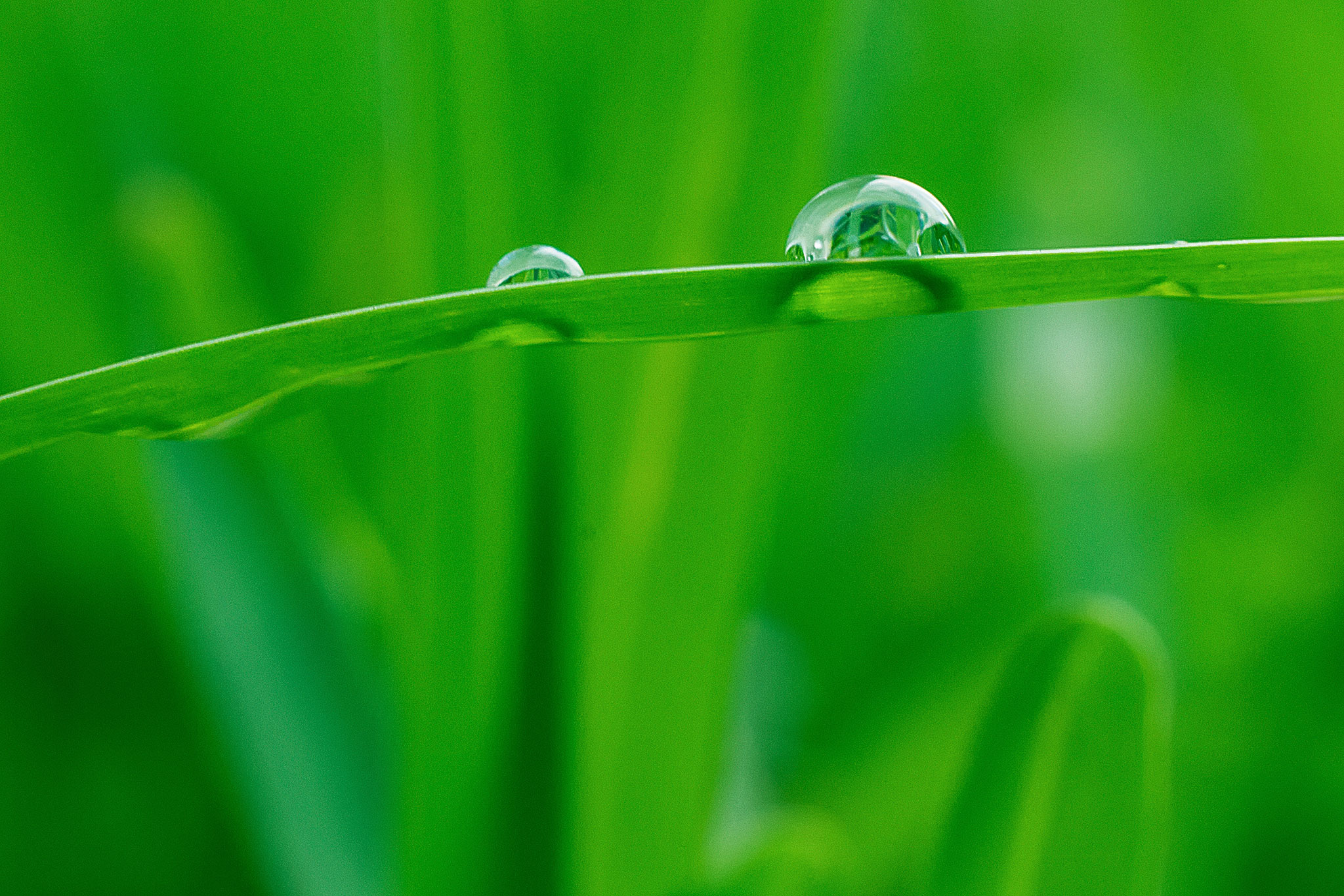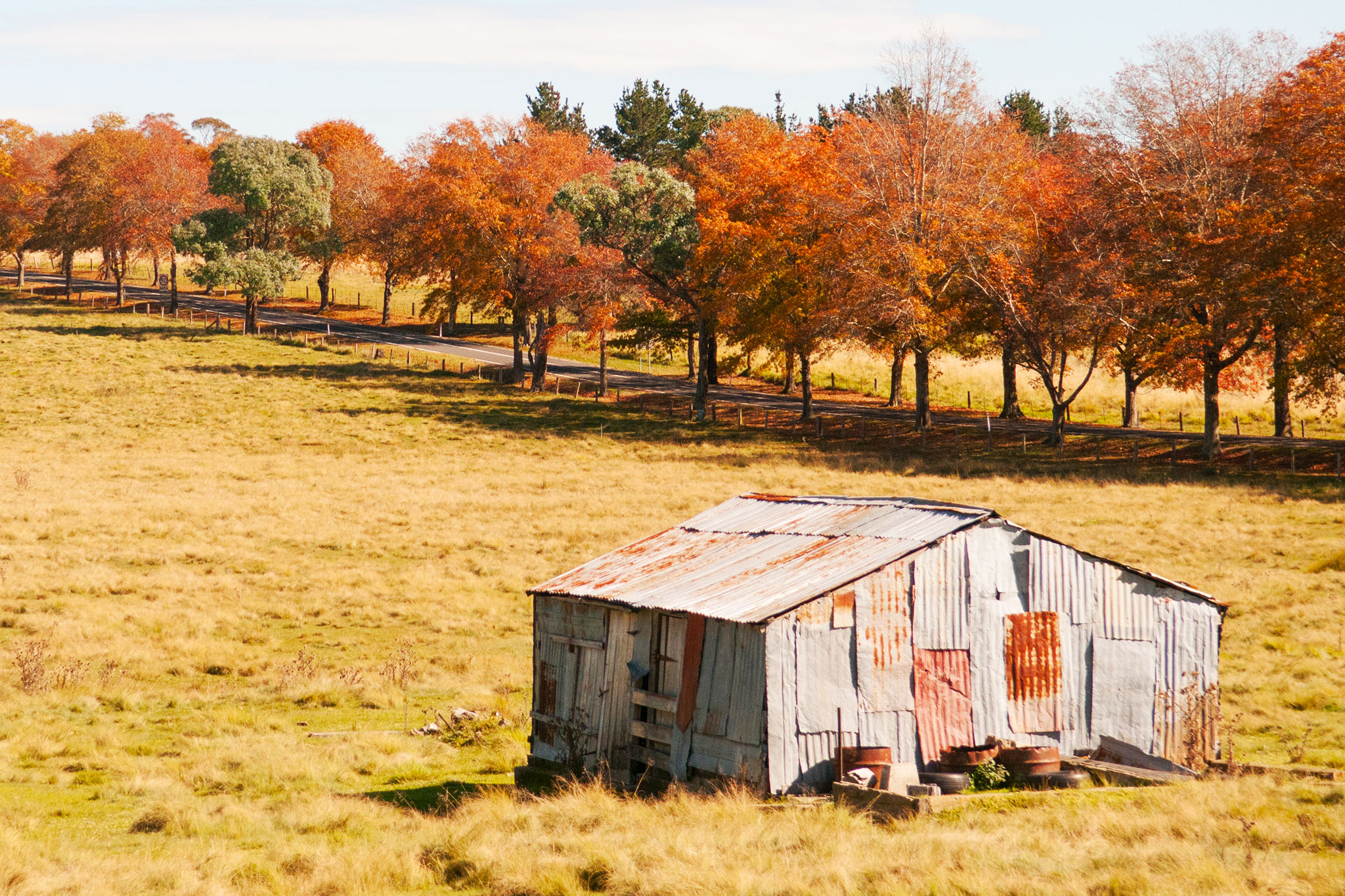What is Depth of Field?
When you focus a lens on a subject, there is zone of sharpness that extends in front of and behind the subject. This area of sharpness is called depth of field or focus range.
The depth of field (DoF) is also called the focus range or effective focus range and Wikipedia defines depth of field as “the distance between the nearest and farthest objects in a scene that appear acceptably sharp in an image”1.
A shallow depth of field provides a narrow zone of sharpness that softens the foreground and background and isolates the subject from its environment.
A deep depth of field provides a wider zone of sharpness and reveals more information and detail within the scene.
The depth of field can dramatically change the interpretation and impact of a photograph. In some instances, it may be desirable to have the entire image sharp with a large DoF. In other cases, a small DoF may be more effective to isolate the subject from the foreground and background.

Depth of Field
Nikon D300S, Nikon AF-S Nikkor 70-200mm f/2.8G ED VR II at 200mm – ISO 1250, f/2.8, 1/640 sec.
Circle of Confusion
To determine the depth of field within an image, the circle of confusion (CoC) is used identify the acceptable zone of sharpness.
Technically, there is only one point in an image that is perfectly sharp. This is known as the plane of focus. At every other point outside this plane, the image is defocused and produces a circular blur spot, shaped like the aperture. At it’s smallest, the circles are indistinguishable from the plane of focus and appear to be in focus. The circles increase in size with distance from the plane of focus. The largest circle that is indistinguishable from the focus point is known as the circle of confusion.
How to Control Depth of Field
The factors that affect depth of field are lens aperture and magnification, by which the magnification is determined from a combination of focusing distance, the focal length of a lens and format size.

Control DoF with Lens Aperture
Nikon D300S, Nikon AF Micro Nikkor 200mm f/4D IF-ED – ISO 1000, f/8, 1/320 sec.
Lens Aperture
All other things being equal, the depth of field increases as the lens aperture decreases.
A smaller aperture (higher f/number) will make more of the foreground and background fall into focus and give a deep DoF and extended zone of sharpness.
A larger aperture (lower f/number) will make less of the foreground and background fall into focus and give more shallow DoF and reduced zone of sharpness.
| Depth of Field | Aperture | f-number |
|---|---|---|
| Shallower (smaller) | Large aperture | Lower f-number |
| Deeper (larger) | Small aperture | Higher f-number |

Control DoF with Focusing Distance
Nikon D300S, Nikon AF-S Nikkor 17-55mm f/2.8 G DX IF ED at 17mm – ISO 400, f/8, 1/500 sec.
Focusing Distance
If the aperture remains constant, the depth of field decreases as the focusing distance decreases, and the depth of field increases as the focusing distance increases.
The closer you are to your subject, the less DoF you will have at a given f-stop.
The further you are from your subject, the more DoF you will have at a given f-stop.
| Depth of Field | Focusing Distance |
|---|---|
| Shallower (smaller) | Closer to subject |
| Deeper (larger) | Further from subject |

Control DoF with Focal Length of Lens
Nikon D300S, Nikon AF Micro Nikkor 200mm f/4D IF-ED – ISO 500, f/4.5, 1/1250 sec.
Focal Length of Lens
The depth of field also changes from a wide-angle lens to a telephoto lens
The longer the focal length, the less DoF you will have at a given f-stop and focusing distance. A telephoto lens with a longer focal length will yield less focus range than a wide-angle lens.
The shorter the focal length, the more DoF you will have at a given f-stop and focusing distance. A wide-angle lens with a shorter focal length will yield more focus range than a telephoto lens.
| Depth of Field | Focal Length | Lens |
|---|---|---|
| Shallower (smaller) | Longer focal length | Telephoto lens |
| Deeper (larger) | Shorter focal length | Wide-angle lens |

Control DoF with Format Size
Nikon D300S, Nikon AF Micro Nikkor 200mm f/4D IF-ED – ISO 640, f/6.3, 1/250 sec.
Format Size
The depth of field can also vary according to the image sensor format size of your camera. The image sensor format is the shape and size of the image sensor. When we compare format sizes, the affect on depth of field depends on the conditions of the comparison.
Same Field of View & Different Focal Lengths
When the same picture is taken with different camera format sizes, at the same distance and aperture with lenses that give the same field of view, the DoF is inversely proportionate to format size.
A large image sensor format size, will give less depth of field at the same aperture and focusing distance for the same picture, as opposed to a smaller image sensor format size, that will give more depth of field. This is because the larger format size requires longer lenses than the smaller formats to produce the same field of view, and they will have a smaller depth of field as a result.
Same Field of View & Different Focusing Distances
Similarly, if the same picture is taken with the same focal length and aperture, but the distance is adjusted to provide the same field of view for both format sizes, the smaller format will have greater depth of field.
All Conditions Equal & Different Field of View
If the same picture is taken at the same distance, using the same aperture and focal length, then the smaller format has less depth of field. The pictures from the two format sizes will differ because of the different angles of view.
Therefore, all conditions being equal, the smaller the image sensor format size, the less DoF at the same aperture, focusing distance and focal length.
Conversely, the larger the image sensor format size, the more DoF given that all conditions are equal, with the same aperture, focusing distance and focal length is used.
And if the pictures are taken from the same distance using the same focal length, and are given the same enlargement, both images will have the same DoF. So if the larger format is cropped to the captured area of the smaller format, the images will have the same field of view and having been given the same enlargement, will have the same depth of field.
| Depth of Field | Format Size |
|---|---|
| Shallower (smaller) | Small format size |
| Deeper (larger) | Large format size |
John Hess from Filmmaker IQ explores depth of field in more detail, distinguishes between depth of field and depth of focus and demonstrates how aperture, subject distance and format size affect depth of field and lens equivalents in this informative video.
Depth of Field And Your Camera
All professional and most semi-professional DSLR cameras will allow you to see the depth of field by using the depth-of-field preview function.
DSLR cameras normally present the image through the viewfinder at the lenses largest aperture for maximum brightness, and the aperture closes down automatically when you press the shutter-release button. The DoF preview function allows you to close the lens to the set aperture before the exposure to preview the depth of field.
Please consult the user manual of your camera for the location of the depth of field preview button.
Shallow Depth of Field
A shallow depth of field, where the foreground and background is softened to emphasize the subject is generally appropriate for portrait photography and sports photography, where it’s desirable to isolate the subject from its environment and reduce clutter to produce a cleaner image.

Shallow DoF
Nikon D300S, Nikon AF-S Nikkor 50mm f/1.8D with Kenko Extension Tubes – ISO 640, f/10, 1/640 sec.
Deep Depth of Field
A deep depth of field, where the entire image sharp is generally appropriate for landscape photography and macro photography, where it’s desirable to see as much detail and information in the scene as possible.

Deep DoF
Nikon D300S, Nikon AF-S Nikkor 17-55mm f/2.8 G DX IF ED at 55mm – ISO 400, f/4, 1/5000 sec.
Depth of Field Quick Reference
Our handy quick reference guide for depth of field indicates how the aperture, focusing distance from a subject, focal length of the lens and camera sensor size controls the focus range to give you a better understanding on how to control the DoF in your images.
| Depth of Field | Aperture | Focus Distance | Focal Length | Format Size |
|---|---|---|---|---|
| Shallower (smaller) | Large aperture (low f-number) | Closer to subject | Long focal length | Small format size |
| Deeper (larger) | Small aperture (high f-number) | Further from subject | Short focal length | Large format size |
References
1. Wikipedia. (2017). Depth of field. [online] Available at: https://en.wikipedia.org/wiki/Depth_of_field [Accessed 29 Jul. 2017].